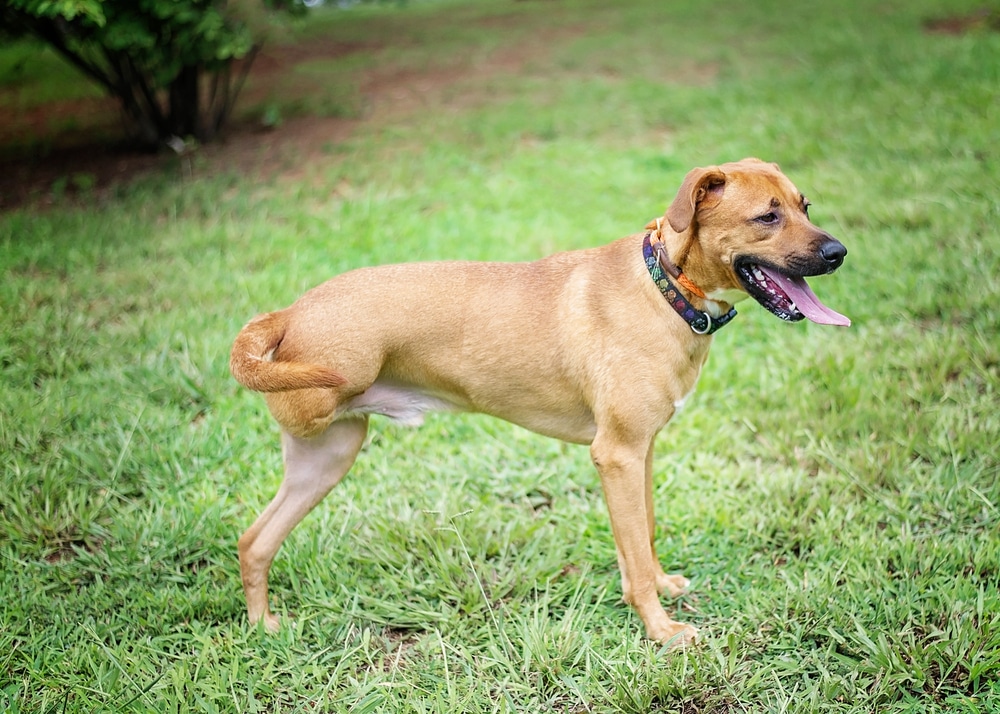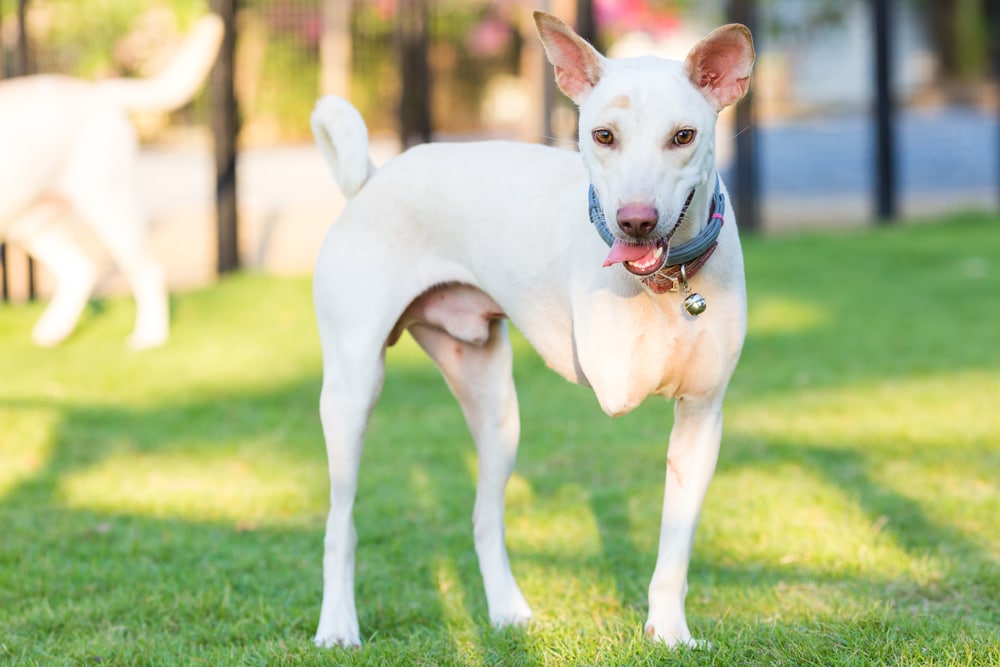Caring for a dog with three legs demands extra attention and special consideration, but it is well worth the effort. With the right knowledge and care, you can ensure your three-legged pup has a long and happy life. But how do you take the best care of a dog with three legs?
Caring for a dog with three legs includes the right nutrition, ensuring regular exercise and doctor visits, helping them adjust to walking and maneuvering on three legs, avoiding activities that can cause injury or pain, recognizing signs of distress that may require medical attention, and understanding behavioral changes.
Table of Contents
- Understand The Limitations Of A Dog With Three Legs
- Provide Proper Nutrition
- Create An Exercise Plan For Your Dog
- Keep Your Dog Comfortable And Safe
- Train Your Dog To Adapt To Its Disability
- Monitor Your Pet’s Health Regularly
- Give Extra Love And Care To Your Special Needs Pet
- In Conclusion: How To Take Care Of A Dog With Three Legs
Understand The Limitations Of A Dog With Three Legs

Taking care of a dog with three legs requires special considerations to ensure the animal is healthy and comfortable.
The primary limitation of having only three legs is that the dog’s ability to balance and maneuver is compromised, so particular attention must be paid to its surroundings. Since the dog lacks the full strength of four legs, it is important to prevent it from going up or down stairs or steep inclines, as it can easily stumble and fall.
It may also take longer for it to move around, so owners must give extra time for it to get into position when asked. When going outdoors, building an even surface for it to move on is essential, such as placing mats or rugs at the bottom of all stairs and providing a ramp if necessary.
In addition to physical limitations, owners need to watch for any emotional stress that their pup may experience due to its disability. This can cause dogs with three legs increased levels of anxiety and fear.
Provide Proper Nutrition
It is important to provide proper nutrition for your dog, as it may have increased energy needs due to the effects of the missing limb.
As such, you should look for a high-quality diet specifically designed for dogs with mobility issues or those recovering from surgery. This type of food will contain higher levels of protein, essential fatty acids, vitamins, and minerals to help maintain muscle mass, coat health, and overall physical condition.
You may consider giving your three-legged dog smaller meals throughout the day instead of one large meal to keep its stomach full without feeling overly bloated or uncomfortable.
Create An Exercise Plan For Your Dog
It is essential to provide your pup with plenty of exercise. Physically, it needs to build strength in its remaining limbs, as well as keep up its balance and agility. Daily walks are an excellent way to achieve this, but it may be necessary to adjust the length or speed depending on the ability level.
You may also want to consider adding swimming or water therapy into your pup’s routine. Not only does it help strengthen muscles and improve mobility, but it also has a low impact on joints.
Also, providing interactive and mentally stimulating activities such as scent work or agility drills can help keep it engaged while providing another outlet for exercise.
Keep Your Dog Comfortable And Safe
A comfortable and secure environment can help your pup adjust to its physical limitations, as well as provide it with the assurance that it’s not at risk of further injury.
When creating a space for your pup, make sure the area has enough room for it to maneuver without bumping into obstacles or furniture. Create a bed or other comfortable sleeping spot elevated off the ground. This will prevent pressure on its remaining legs while it sleeps or rests.
Train Your Dog To Adapt To Its Disability
Training your dog to adapt to its disability is key to ensuring it is comfortable and happy. Start by slowly introducing the pup to its new three-legged life, using positive reinforcement with treats or verbal praise for good behavior as rewards.
You can use a harness on the pup when walking and playing so that it will be more secure and supported. As the pup becomes comfortable with its new mobility, you can introduce obstacles such as stairs, small hills, or inclines that the pup can climb up and down.
This will help it learn how to balance its weight correctly and make adjustments to remain upright.
Monitor Your Pet’s Health Regularly
Monitoring your pet’s health is essential for all animals, especially those with a physical disabilities. If you have a dog with three legs, paying particular attention to its overall well-being and monitoring it regularly is essential.
It’s also important to regularly monitor your pet’s joints, skin/fur health, teeth cleaning habits, temperature regulation, mouth sores, and overall behavior patterns, among other things. These can serve as indicators if something might be wrong.
If you notice any changes in eating habits or increased pain levels when walking, you should visit the vet immediately.
Give Extra Love And Care To Your Special Needs Pet
Ensure your special needs pet can access comfortable bedding and plenty of toys and activities designed for differently-abled animals.
This could include slow feeders or puzzle toys that encourage physical activity without putting strain on sore muscles or joints.
Invest in a quality orthopedic dog bed, which will support its frame and give it added comfort during naptime or recovery from surgery or injury treatment.
In Conclusion: How To Take Care Of A Dog With Three Legs
Taking care of a dog with three legs requires extra dedication and love. Ensure your pup gets enough exercise, an adjustable environment, and mentally stimulating activities to stay healthy and comfortable. Monitor its health regularly and provide supportive bedding and toys for differently abled animals. Don’t be intimidated either. With the right care, your pet can thrive despite physical limitations with the right care. Show your pup plenty of love, and it will never forget.
So, do you have a dog with three legs, or are you looking to adopt one? Let us know in the comments below!
